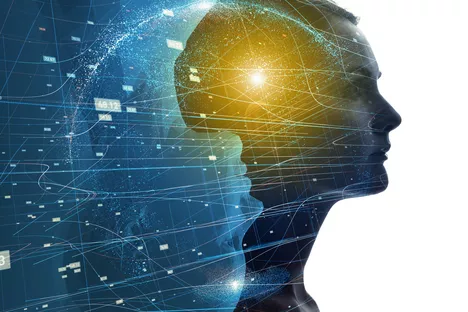A Company’s Digital Twin

- Sponsored by: Celonis SE
- Scientific Lead: Dr. Anton Kurz
- Co-Mentor: PhD candidate Laure Vuaille
- Project Lead: Dr. Ricardo Acevedo Cabra
- Term: Winter semester 2018
Historically, a digital twin is a virtual representation of a physical product, e.g. a wind turbine. The virtual representation can be used to both simulate effects of various parameters on performance and condition, to conduct what-if analyses and to predict future states of that product.
However, digital twins nowadays must not necessarily be based on physical products, they can also represent large-scale business processes. It becomes increasingly interesting for organizations to find out what effects particular changes in their business processes can have on overall organizational efficiency. Before executives announce real changes to be made in business processes they need to be sure that such changes come with a significant positive impact. Therefore, they need to be able to answer specific questions in advance, e.g. “How does the cycle time of a process change if we add further resources?” or “What happens to my operational costs if we reduce rework by 20 percent?”.
Celonis Process Mining reconstructs and visualizes processes as they really happened based on the traces left in IT systems. Utilizing the actual representation of a company’s business process, analysts can quickly find out where inefficiencies and bottlenecks occurred in the past. To find the best improvement strategy, a digital twin model should be implemented based on the existing process mining log. Such model will be able to answer a wide variety of what-if questions and simulate the effects of possible improvement measures ultimately facilitating a manager’s decision making in the area of business process improvement.
Results: The results of this project are explained in detail in the final documentation and presentation.